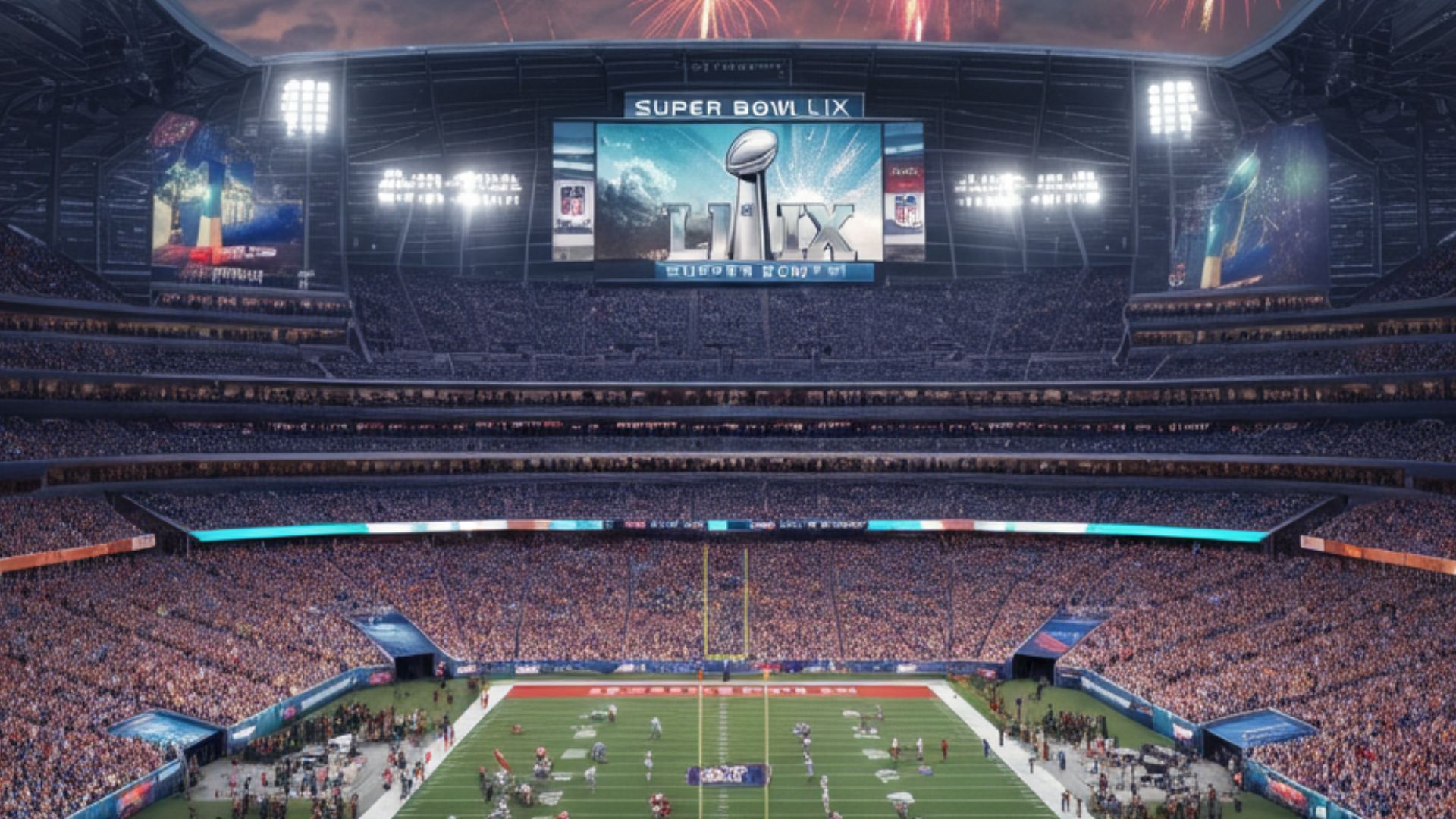Super Bowl LIX: Why Insurance Ads Are Missing from the Big Game
Super Bowl commercials have long been an event within the event—a parade of creativity, humor, and sometimes absurdity. Yet, this year, something curious is happening. For Super Bowl LIX in 2025, not a single property and casualty insurance company, including big names like State Farm, Progressive, GEICO, and Allstate, will grace the advertising slots.
This shift leaves some wondering what changed in an industry once so eager to captivate America’s largest annual audience. The reasons, as it turns out, are deep-rooted in cost pressures, natural disaster recovery, and changing financial priorities.
Rising Costs in a High-Stakes Market
If you’ve tuned into the Super Bowl over the years, you’ve probably noticed that amidst all the celebrity-filled energy drink ads and blockbuster movie teasers, insurance companies often carved their space. However, the cost to secure that space has skyrocketed. The price for a 30-second ad during Super Bowl LIX reached a staggering $8 million, up from $4 million just a decade ago.
For insurers like State Farm and Progressive, combined production and airtime costs could easily exceed $20 million for a single ad campaign. This kind of spending is difficult to justify, especially as insurance carriers grapple with mounting financial strains.
Industry-wide advertising budgets are being trimmed. For example, in 2023, Progressive cut its marketing spend by 30%, GEICO by 34%, and Allstate by 31%. While State Farm’s budget remained relatively stable, its decision to skip this year’s Super Bowl reflects broader financial realities. These reductions are a response to rising underwriting and claims costs, in large part due to more frequent and severe natural disasters.
Wildfires and Financial Realities
One major factor influencing this year’s absence of insurance companies is the devastating impact of catastrophic events like the California wildfires. State Farm, for instance, announced its withdrawal from advertising during the Super Bowl while simultaneously handling over 10,000 home and auto claims due to these fires. The company has already paid out more than $500 million to affected customers.
These events underscore the balancing act insurers face. While they market themselves as reliable pillars of support in moments of crisis, they must also ensure financial security for long-term sustainability. With that in mind, splurging on a Super Bowl ad seemed not just impractical, but potentially tone-deaf to customers still recovering from disaster.
The Golden Era of Insurance Super Bowl Ads
It wasn’t always like this. Not so long ago, insurance companies seemed to compete for the most memorable Super Bowl moments. It felt like an arms race to capture consumer attention with humor, clever narratives, and iconic mascots. You probably still remember Jake from State Farm donning khakis or Flo from Progressive navigating life’s quirky predicaments.
State Farm even partnered with Arnold Schwarzenegger for a wildly entertaining ad in 2024, while GEICO leaned into humor, releasing “mockumentary” style ads starring its beloved gecko. These campaigns weren’t just clever—they were viral. People talked about them, shared them, and even watched compilations of Super Bowl commercials just to catch these memorable spots.
But for now, it seems we’ve reached the end of that era, at least for the big game.
Why the Change? A Shift in Priorities
It’s clear that this isn’t just about money—it’s about perception, too. Spending millions on a single ad while customers face premium hikes or policy cancellations could easily come across as wasteful at best, insensitive at worst. This is particularly true in light of backlash some insurers have faced in disaster-prone states like California, where consumers are already frustrated with limited coverage options and high premiums.
The cancellation of these ads also reflects how the industry is rethinking its approach to advertising as a whole. Instead of splurging on one high-stakes night, companies are investing in long-term reach, using digital platforms, targeted online ads, and community engagement to connect with customers.
Connecting Past and Present
Some of you may miss the quirky insurance commercials that used to provide a lighthearted break during the Super Bowl. They were more than just ads—they became part of the experience. But their absence highlights a growing reality for many industries. The glitz and glamour of a Super Bowl slot don’t always align with current priorities, especially when grappling with real-world crises and economic challenges.
For now, this trend might leave a nostalgic gap, but it also gives us perspective. It’s a reminder that the choices companies make often mirror the challenges they, and their customers, face. What we watch on TV is a reflection of what’s happening beyond the screen.
What It Means for Us
For consumers, this change could signal a shift in how large corporations allocate resources and connect with their audiences. The absence of Super Bowl ads from insurers doesn’t mean they’ve stopped caring about attracting customers—it means they’re choosing to pull back from splashy spending to focus on fiscal responsibility. And that’s not necessarily a bad thing.
It also means the advertising landscape as a whole is evolving. Fewer insurance ads might make way for other industries to innovate and shine during the big game. Meanwhile, insurers are increasingly meeting us in quieter, more personal ways—whether through helpful, detailed online tools or community outreach that focuses on real issues.
When the game kicks off this year, it might feel a bit different without the familiar faces of Jake, Flo, or the gecko. But as you enjoy the event, remember the bigger picture. Company priorities are shifting, and while we may miss those larger-than-life commercials, we can learn from how industries adapt to the challenges of our times. Change, though sometimes surprising, often reflects growth—and we’re all part of that story.


